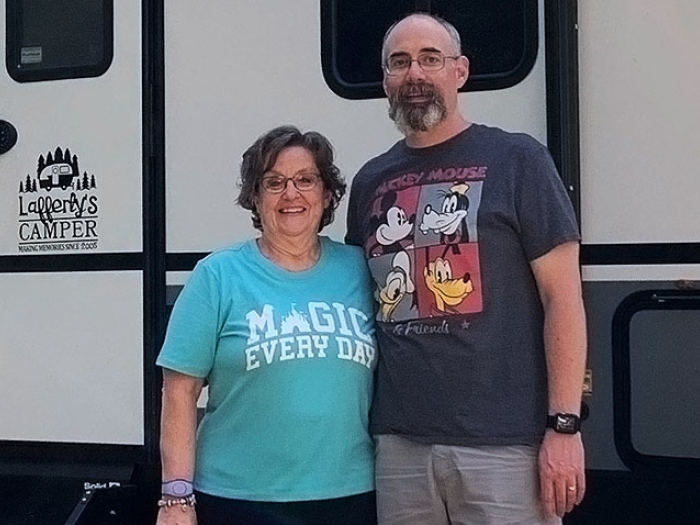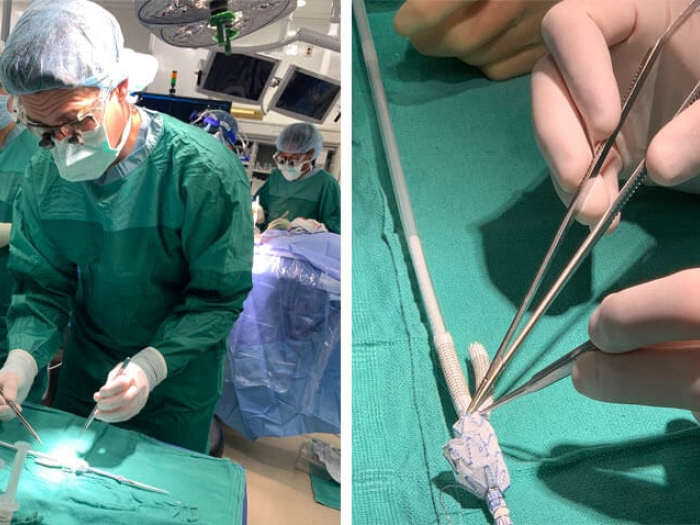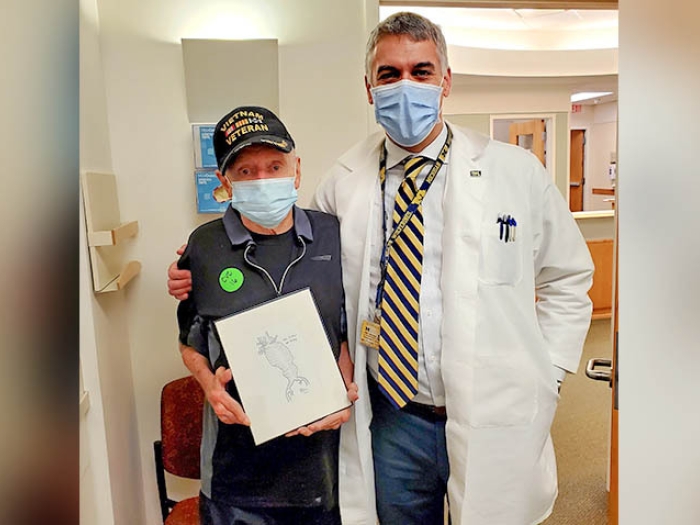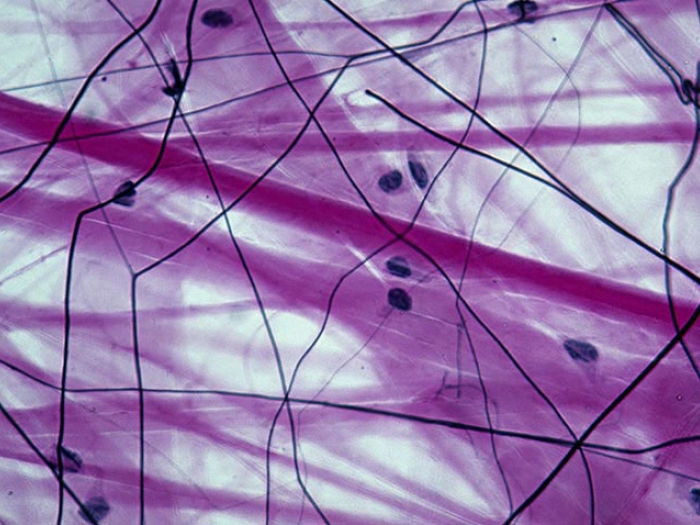Take simple steps before and after aortic surgery to help stay healthy and minimize the risk of complications.
11:00 AM
Author |

If you've been diagnosed with a thoracic aortic aneurysm and are in the "watchful waiting" period, you may feel a sense of helplessness.
Watchful waiting is the period when your doctor closely monitors your aneurysm until it reaches a size where surgery may become necessary.
LISTEN UP: Add the new Michigan Medicine News Break to your Alexa-enabled device, or subscribe to our daily audio updates on iTunes, Google Play and Stitcher.
But there are things you can — and should — do to maintain a healthy lifestyle and take preventive measures while your aneurysm is monitored.
These do's and don'ts also apply to patients who have had surgery to repair a thoracic aortic aneurysm or dissection, says Mary Passow, R.N., B.S.N., a Michigan Medicine cardiac surgery nurse.
Adhering to this guidance can help minimize a patient's risk of complications.
MORE FROM MICHIGAN: Sign up for our weekly newsletter
Still, Passow says, "these do not include every possible action or restriction, so be sure to talk with your doctor about the type of work you do as well as your leisure activities to ensure your health and safety."
DO:
-
Maintain a healthy blood pressure (ideally, at or below 130/80). Your doctor can help you understand the blood pressure numbers that are right for you.
-
Keep your body at a healthy weight.
-
Get mild to moderate physical activity regularly (walking, biking, swimming, dancing, light jogging or stair climbing).
-
Eat a heart-healthy diet (foods low in sodium, fat and cholesterol).
-
Take antibiotics before a dental procedure or any invasive procedure if you've had a surgical repair of your aortic aneurysm.
-
Follow up with your doctor regularly to monitor your aneurysm and overall health.
-
Have all first-degree relatives (parents, siblings and adult children) screened by their doctors for a thoracic aortic aneurysm.
-
Avoid a class of antibiotics known as fluoroquinolones: Cipro (ciprofloxacin), Levaquin (levofloxacin), Factive (gemifloxacin) and Avelox (moxifloxacin). These medications may increase the risk of aortic dissections or ruptures.
DON'T:
-
Push, pull, bear down or lift anything heavier than 30 pounds (or 10 pounds for patients recovering from surgery).
-
Get a tattoo or body piercing.
-
Smoke (or be exposed to secondhand smoke) or use any other tobacco products.
-
Shovel snow, chop wood, dig earth or use a sledgehammer or snow blower.
-
Take illicit drugs.
-
Go on amusement park rides.
-
Participate in rigorous, competitive or contact sports.
-
Use a shotgun that has recoil energy of more than 45 foot-pounds (a specialist can recommend products to reduce recoil energy).
-
Use a bow that has draw weight of more than 45 pounds (a specialist can recommend products to reduce draw weight).

Explore a variety of healthcare news & stories by visiting the Health Lab home page for more articles.

Department of Communication at Michigan Medicine
Want top health & research news weekly? Sign up for Health Lab’s newsletters today!





